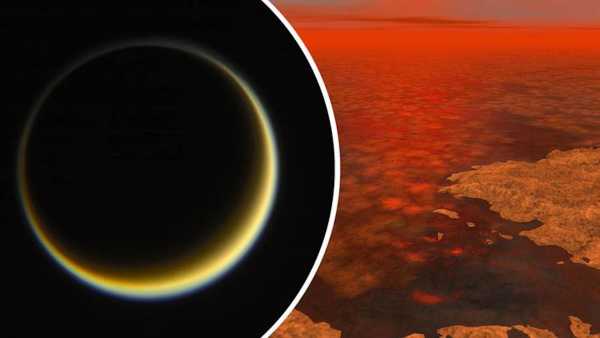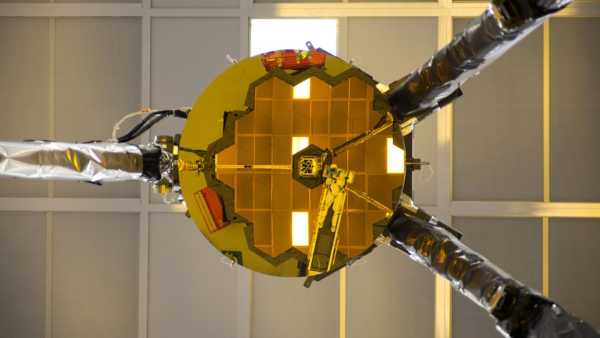
A new report suggests China could win the race to return to the moon. The country also plans to build a full-fledged lunar base by 2035. (Image courtesy of Getty Images)
A new report warns that China's rapid and sustained growth in the space industry will allow the country to overtake the US in the “new space race” and become the world's leading space power in just “five to 10 years,” experts say.
This stark warning comes less than two weeks after a Senate Commerce Committee hearing discussed the growing likelihood of China beating the United States in the race to return humans to the Moon. During those hearings, former NASA Administrator Jim Bridenstine told senators that it was “extremely unlikely that the United States will beat China on schedule” unless recent record-breaking NASA budget cuts were reversed.
You may like
-
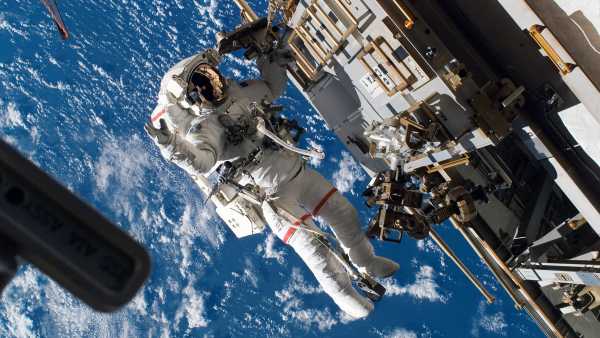
Human stem cells become more active in space—and that's not good.
-
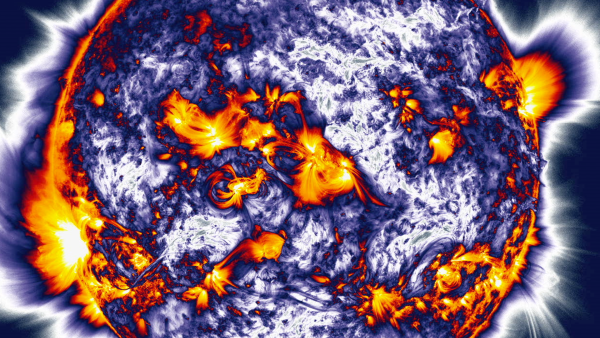
'The Sun is slowly waking up': NASA warns that extreme space weather could become even more extreme in the coming decades
-
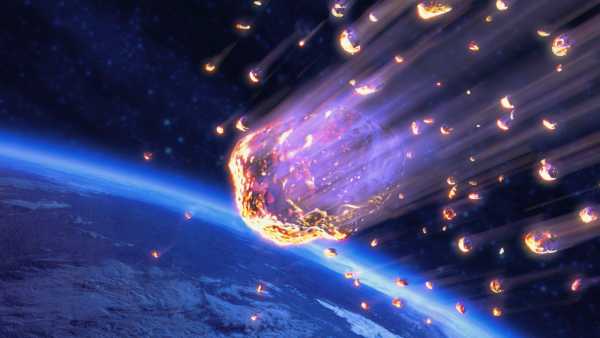
Asteroid 2024 YR4, the “city killer,” could shower Earth with bullet-shaped meteors if it collides with the Moon in 2032.
The 112-page document contains up-to-date information on China's various space assets and missions, including the country's new space station, its growing satellite megaconstellations, and plans to visit and colonize the Moon.
“China isn't simply trying to catch up—it's setting the pace, deregulating the situation, and at times redefining what leadership on Earth and in space should look like,” the researchers write in the report. “China's space dominance, underpinned by disciplined policies, strategic investments, and rapid technological advances, has fundamentally changed the arena in which the struggle for global power is being waged.”
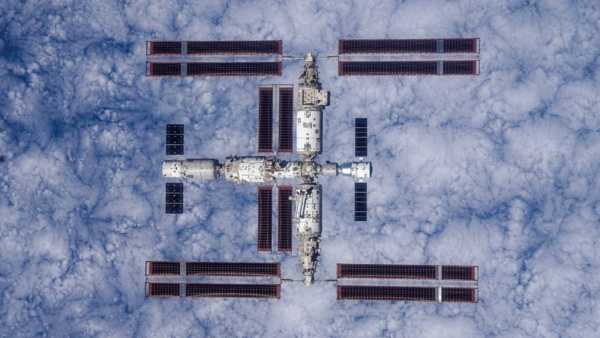
China's Tiangong space station was fully completed in 2023 and has been hosting Chinese astronauts since then.
One of the most troubling issues raised in a new report for the United States is the likelihood that China will become the first country to return humans to the Moon, for the first time since 1972. Although NASA's Artemis missions have been repeatedly delayed, in part due to recent problems with the finicky SpaceX Starship rocket, China continues to achieve “major milestones” in its plan to land astronauts by 2030. These include record-breaking mapping of the lunar surface, returning historic lunar soil samples to Earth, and building its own super-large rockets. (NASA currently aims to land astronauts on the Moon by 2027.)
China also plans to build a fully functioning lunar base, equipped with a self-contained nuclear reactor, by 2035. This could help the country stake its claim to valuable lunar minerals and give it an edge in the race to eventually send humans to Mars, as Live Science's sister site Space.com recently reported.
Another area where China is likely to dominate is low Earth orbit, thanks to the recently completed Tiangong space station, which will be the only major government-operated space station following the retirement of the International Space Station (ISS) at the end of this decade. (NASA has no plans to directly replace the ISS, although several commercial entities are developing plans to build their own stations.)
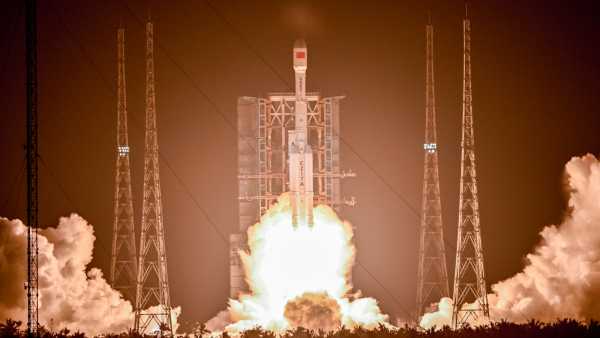
China currently has six operational spaceports, allowing the country to launch more rockets than ever before.
China is also beginning to build its own mega-constellations of satellites to compete with SpaceX's rapidly expanding Starlink network. Furthermore, the country plans to build an orbital solar power station and its own version of the James Webb Space Telescope in the near future.
You may like
-
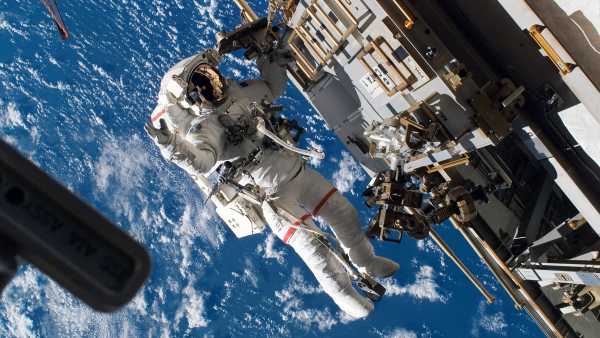
Human stem cells become more active in space—and that's not good.
-
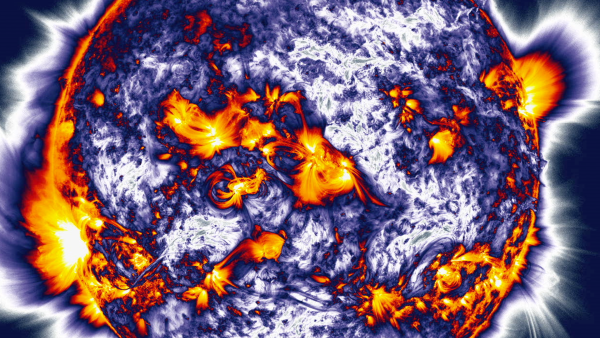
'The Sun is slowly waking up': NASA warns that extreme space weather could become even more extreme in the coming decades
-
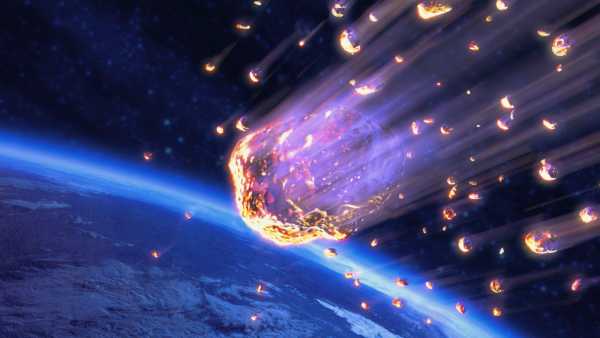
Asteroid 2024 YR4, the “city killer,” could shower Earth with bullet-shaped meteors if it collides with the Moon in 2032.
China currently operates six different spaceports, which will allow the country to rapidly increase the number of rocket launches in the coming years.
But perhaps most alarming for the United States is that the country is pursuing all of these impressive goals simultaneously. In other words, “China is simultaneously experiencing the Apollo, ISS, and commercial space eras,” the report's authors write.
The secret to China's recent success (unsurprisingly) lies in increased funding, particularly for commercial companies, which the government has given special support to through the China National Space Administration (CNSA). For example, according to a report, last year the country invested $2.86 billion in its commercial space projects—more than 17 times the $164 million spent in 2016.
Another important factor was China's willingness to collaborate with other countries, including Russia, India, and Japan, to achieve its goals. This approach, dubbed the “Space Silk Road,” has enabled China to implement over 80 projects with international partners, “undermining US influence,” the researchers write.
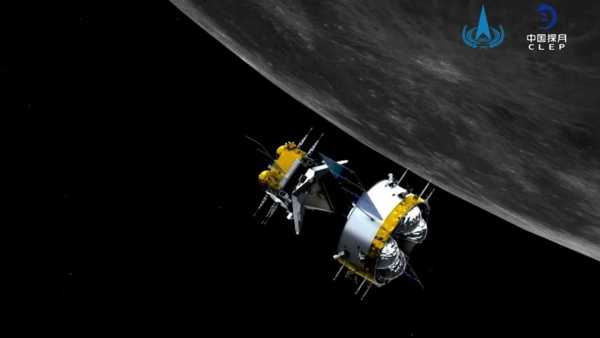
Last year, the Chang'e-6 mission returned lunar soil samples from the “far side” of the Moon. This image shows the Chinese spacecraft orbiting the Moon shortly before landing on its surface.
Report co-author Jonathan Roll, a space policy analyst at Arizona State University, was particularly surprised by how quickly China's space capabilities have evolved since he first seriously studied the topic in the early 2020s. “I thought I had a pretty good handle on this when I was finishing graduate school,” Roll told Ars Technica. “[But the fact] that almost everything needed updating or had been changed three years later was pretty daunting.”
RELATED STORIES
China has launched a secret robot to the far side of the Moon, according to new photos from Chang'e-6.
A giant “white streak” appeared over several US states after a Chinese rocket released experimental fuel into space.
— The first ever image of China's mysterious “quasi-lunar” probe, released just weeks after its secret launch into space.
Meanwhile, America's space ambitions have been undermined by the Trump administration, which has proposed cutting NASA's budget nearly in half, jeopardizing numerous long-term missions and creating a chain reaction in the commercial space industry.
“The United States is still ahead of us in many areas of space activity,” Dave Cavossa, president of the Commercial Spaceflight Federation, told Ars Technica. “But the Chinese are advancing very quickly and are poised to overtake us in the next five to ten years if we don't take action.”
TOPICS China NASA

Harry Baker, Social Link Navigation, Senior Staff Writer
Harry is a senior writer for Live Science based in the UK. Before becoming a journalist, he studied marine biology at the University of Exeter. He covers a wide range of topics, including space exploration, planetary science, space weather, climate change, animal behavior, and paleontology. His recent work on solar maximum won the 2024 Aerospace Media Awards in the Best Space Story category and was shortlisted for the 2023 NCTJ Awards for Excellence in the Breaking News category. He also writes Live Science's weekly series, “Earth from Space.”
You must verify your public display name before commenting.
Please log out and log back in. You will then be asked to enter a display name.
Exit Read more
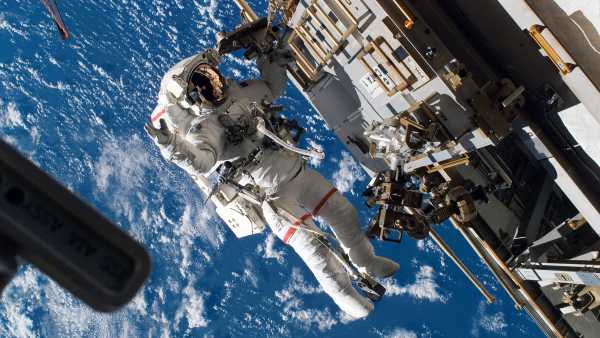
Human stem cells become more active in space—and that's not good.
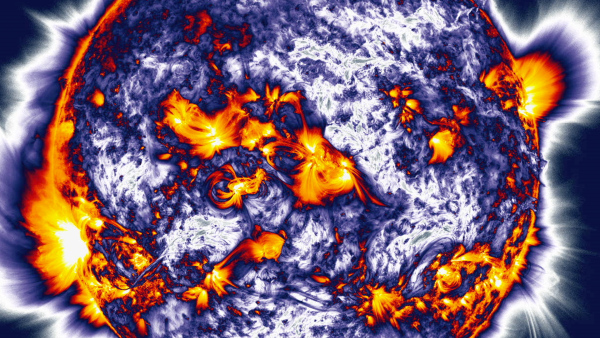
'The Sun is slowly waking up': NASA warns that extreme space weather could become even more extreme in the coming decades
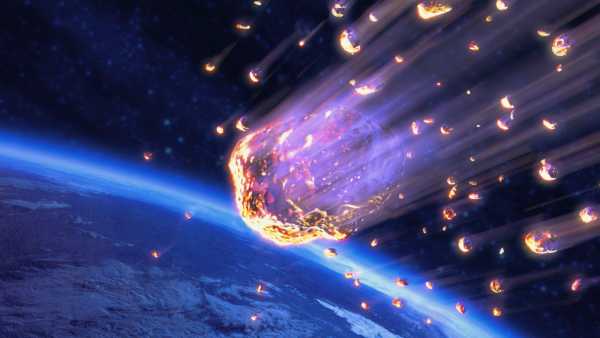
Asteroid 2024 YR4, the “city killer,” could shower Earth with bullet-shaped meteors if it collides with the Moon in 2032.

Humanity could be just three years away from a climate change tipping point, a report warns.
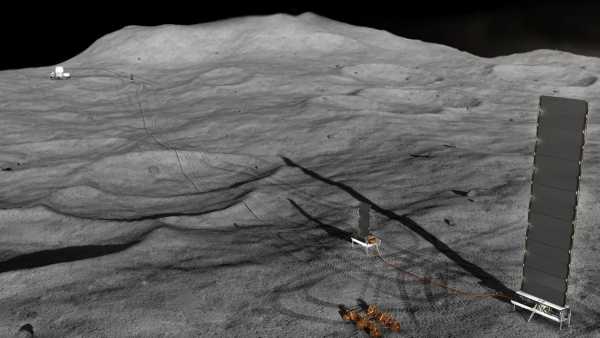
NASA plans to build a nuclear reactor on the Moon by 2030
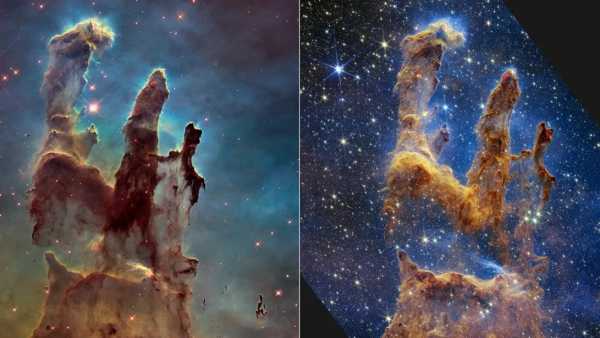
How Trump's budget cuts could affect two iconic space telescopes: Hubble and James Webb
Latest space news
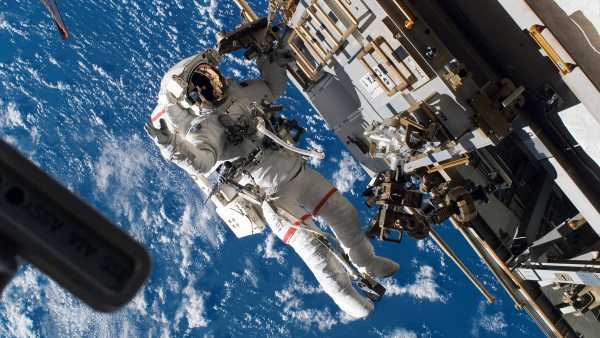
Human stem cells become more active in space—and that's not good.
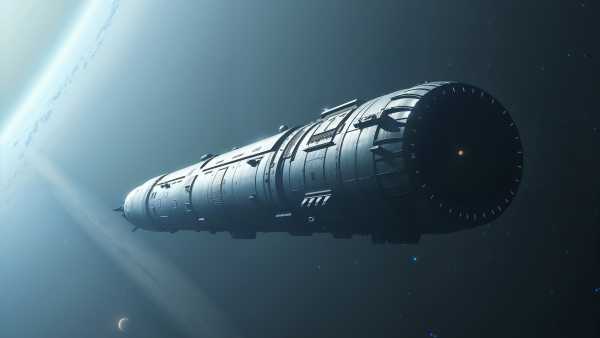
“Why Would You Even Go There?”: Readers React to a Hypothetical 400-Year Journey to Alpha Centauri

Ghostly 'spiral' photobombs of Perseid meteors are appearing over several US states – and experts aren't sure what's causing them.
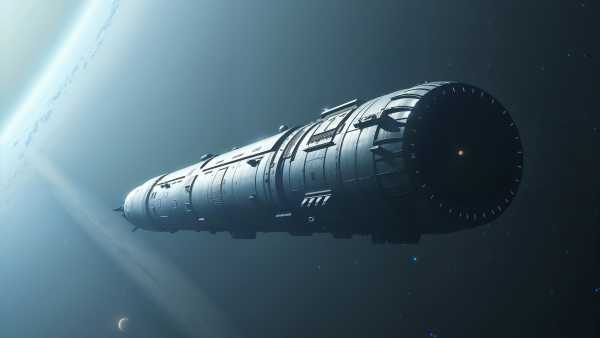
Would you board a spaceship that would take 400 years to reach Alpha Centauri?
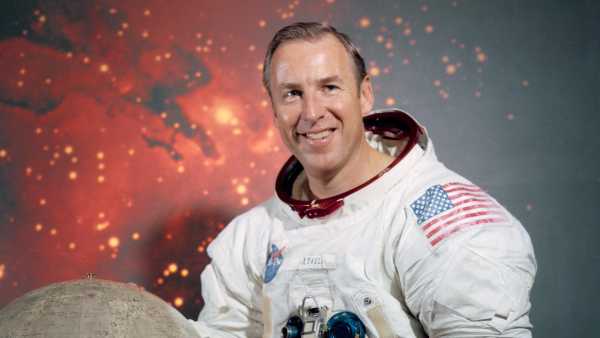
Jim Lovell, commander of NASA's Apollo 13 lunar mission, has died at age 97.
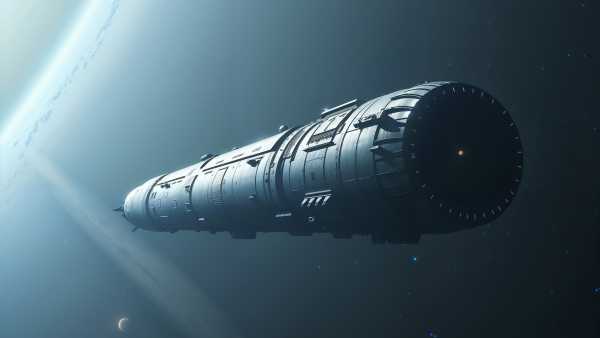
The proposed spacecraft would be able to carry up to 2,400 people one-way to the nearby Alpha Centauri star system.
Latest news

A new report warns that China could overtake the United States to become the leading power in space – and this could happen “in five to 10 years,” an expert says.

A jaguar in Brazil has broken the record for the longest swim of its kind.

Tomorrow you can see a rare triple conjunction of the Moon, Venus and Regulus.

Robert Kennedy's hand-picked advisers will be arriving to discuss the childhood vaccination schedule. Here's what you need to know.

Tiny lab-grown 'brains' can gain consciousness and feel pain—and we're not ready for that.

'It's impossible to put the genie back in the bottle': Readers believe it's too late to stop the development of artificial intelligence
LATEST ARTICLES
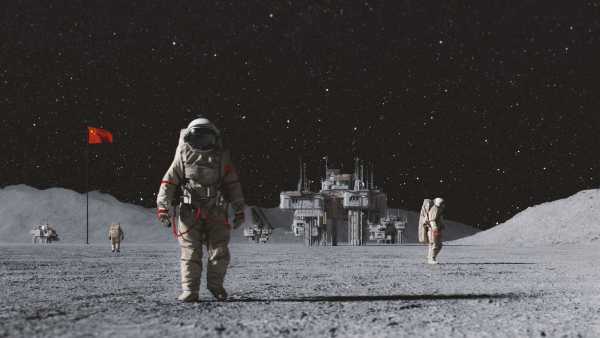
1A new report warns that China could overtake the US to become the leading power in space – and this could happen “in five to 10 years,” an expert says.
Live Science magazine is part of Future US Inc., an international media group and leading digital publisher. Visit our corporate website.
- About Us
- Contact Future experts
- Terms and Conditions
- Privacy Policy
- Cookie Policy
- Accessibility Statement
- Advertise with us
- Web notifications
- Career
- Editorial standards
- How to present history to us
© Future US, Inc. Full 7th Floor, 130 West 42nd Street, New York, NY 10036.
var dfp_config = { “site_platform”: “vanilla”, “keywords”: “type-news-trending,serversidehawk,videoarticle,van-enable-adviser-
Sourse: www.livescience.com


